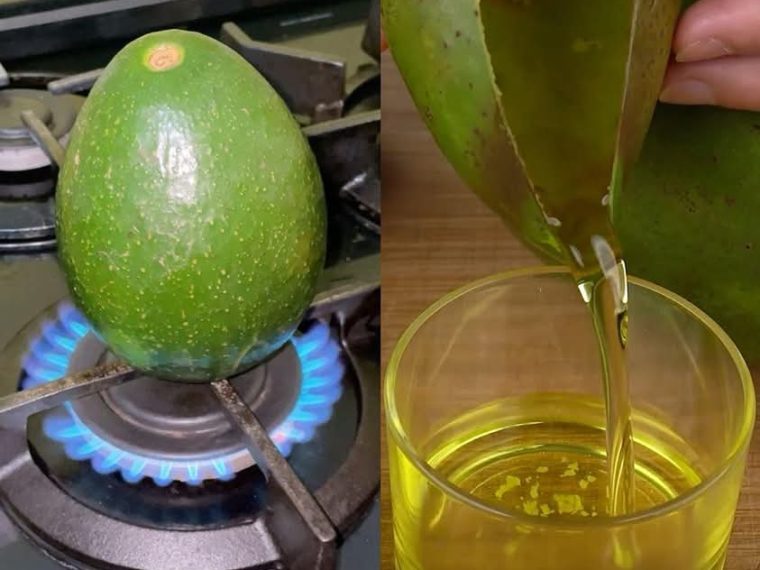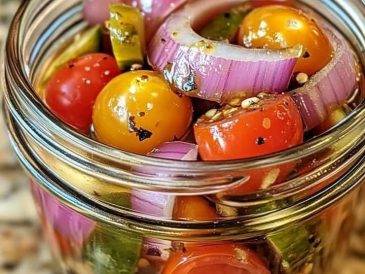Making avocado oil at home is a rewarding process that allows you to have pure, unrefined oil with all its nutrients intact. While commercial avocado oil is made using industrial methods, you can also produce it in a more traditional and simple way. Here’s a step-by-step guide on how to make avocado oil at home.
Materials Needed:
- Ripe avocados (6-10 depending on how much oil you want to make)
- A blender or food processor
- A fine mesh strainer or cheesecloth
- A clean container (to collect oil)
- A large bowl
- A heavy object or press (optional for pressing)
Step-by-Step Process:
1. Prepare the Avocados:
- Start by selecting ripe avocados. You’ll need to peel and pit them before beginning the oil extraction.
- Cut the avocados in half and remove the pits. Scoop out the flesh into a large bowl.
2. Mash the Avocados:
- Mash the avocado flesh thoroughly using a fork, blender, or food processor. The goal is to create a smooth puree.
- If you’re using a blender or food processor, pulse the avocado until it’s finely mashed and smooth.
3. Extracting the Oil:
- Once mashed, place the avocado puree in a clean cloth (cheesecloth or nut milk bag works best) or a fine mesh strainer.
- Squeeze the puree in the cloth or press it through the mesh strainer to separate the oil from the pulp. This process is similar to making nut milk or pressing olives for olive oil.
- The oil will drip through the cloth or strainer into a clean container.
- You may want to press the avocado mash further using a heavy object to get as much oil out as possible.
4. Separate the Oil:
- After squeezing out as much oil as possible, leave the oil in the container for several hours or overnight.
- Let it sit so the oil can rise to the top, separating from any water or impurities.
- If desired, you can filter out the remaining water by pouring the oil through a fine mesh strainer or cheesecloth again.
5. Store the Oil:
- Transfer the extracted avocado oil into a glass container or bottle with an airtight lid.
- Store it in a cool, dark place to preserve its freshness.
- The oil can last for up to 6 months if stored properly. Keep in mind that homemade oil is usually unrefined, so it’s more delicate than commercially processed avocado oil.
Tips for Better Extraction:
- Use ripe avocados: Ripe avocados will yield the most oil, so make sure to choose soft, dark-green ones.
- Cold press: To preserve the nutrients and flavor, it’s best to avoid heat during the extraction process. This method is considered a “cold press” approach, where you avoid applying heat that can degrade the oil.
- Don’t waste the pulp: The leftover avocado pulp can be used for other purposes like adding to smoothies, masks, or as a base for cooking.
Benefits of Homemade Avocado Oil:
- Nutrient-rich: Avocado oil is rich in heart-healthy monounsaturated fats, antioxidants, and vitamins like Vitamin E.
- Versatile use: It can be used in cooking, as a skin moisturizer, or for hair care.
- Pure and unrefined: Homemade avocado oil is free from chemicals and additives that are sometimes found in commercial varieties.
Final Thoughts:
Making avocado oil at home can be a labor-intensive process but the results are rewarding. Not only do you get high-quality oil that’s packed with nutrients, but you also have control over how it’s made. Whether you’re using it in the kitchen or as a beauty product, homemade avocado oil will add a healthy and luxurious touch to your daily routine.





